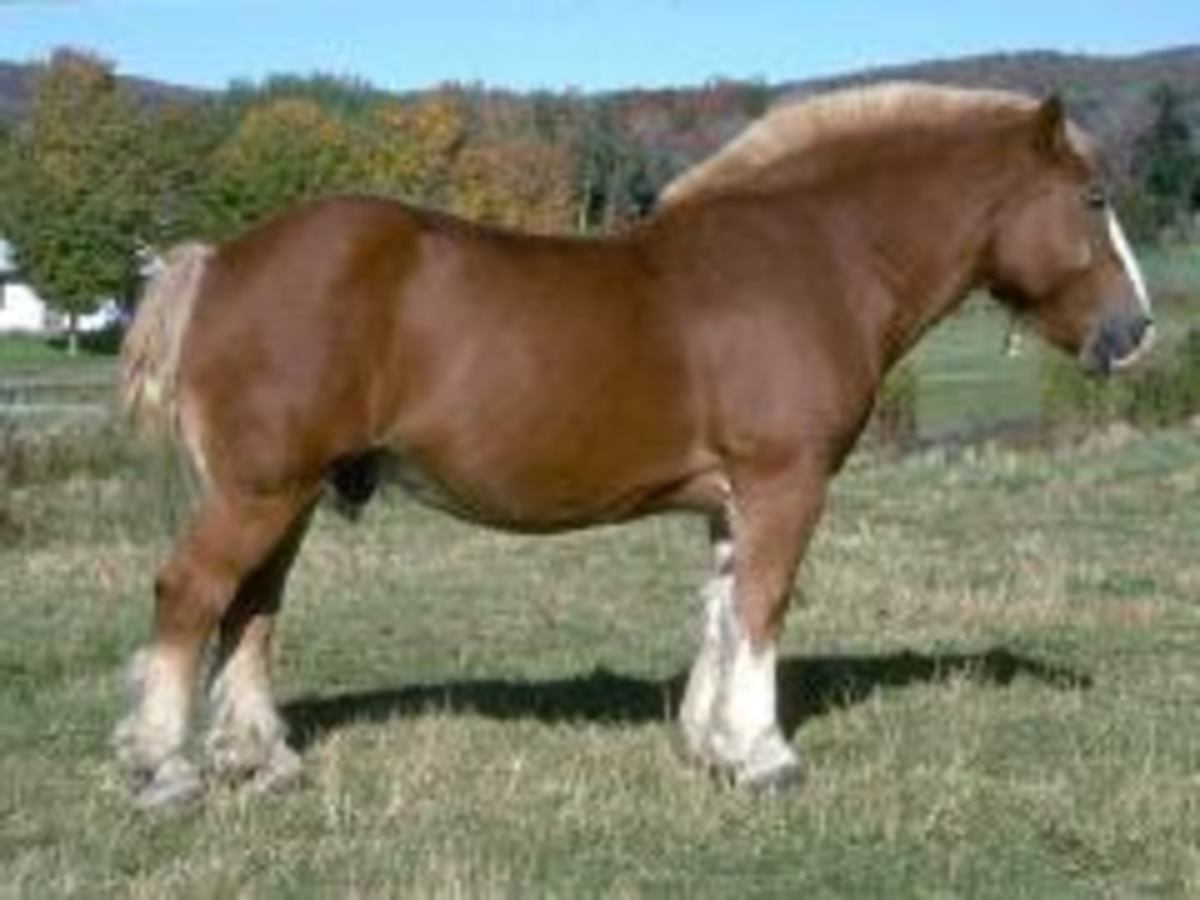Home > Horse Care > Breeding > Breed Profile: Belgian Draft Horse
Breed Profile: Belgian Draft Horse
- July 25, 2019
- ⎯ Equus
Origins
The familiar “blond” Belgian Draft horse that we see in the United States has its roots in the Brabant, also known as the Belgian Heavy Draft. This name has been shortened to Belgian for common usage.
During the Middle Ages it was known as the Flanders Horse (after the region of Europe in which it originated) and had great influence on the development of other draft horse breeds, such as the Suffolk Punch, the Clydesdale and the Shire.
Throughout the centuries, Belgian breeders resisted pressure to produce lighter cavalry horses and concentrated on breeding the Brabant, or Belgian Heavy Draft, which was well-suited to the climate and rich, heavy soil of the region. By not allowing foreign blood to enter the breed and by practicing selective breeding to promote desired qualities, the Belgian breeders were able to produce a versatile heavy draft horse with exceptional power.
Appearance
The Brabant, or Belgian Heavy Draft horse, is a massive horse, powerfully built and standing between 16.2 – 17 hands. The head is comparatively small and refined, with an intelligent expression. The Belgian Draft more normally seen in the United States is not as “massive” as the Brabant, but still retains the proportions of the Brabant.
© Art Explosion by Nova

The body is compact with a short, wide back and powerful loins. The quarters are massive, with a characteristic “double muscling” over the croup. The gaskins are heavily muscled and the legs are short and strong. The hooves are medium sized, for a draft horse, with only limited “feathering”.
Early Belgians were mostly bay, with chestnut/sorrel and roan not far behind in popularity. However, since the 1920’s breeders in the United States have bred for the sorrel and roan colors and nowadays these are by far the most common colors of Belgian horses in the US. The most prized color is the chestnut or sorrel with white mane and tail, white stripe on the face and four white socks.
Uses
The Belgian is known for it’s kind temperament and is easy to handle. They are still used for all manner of draft work, including plowing, logging, pulling carriages, hitches and sleighs. In addition, the riding of draft horses is becoming increasingly popular, in a variety of disciplines from western to jumpin.
Bibliography:
The Encyclopedia of the Horse – Elwyn Hartley-Edwards. ISBN 1-56458-614-6





